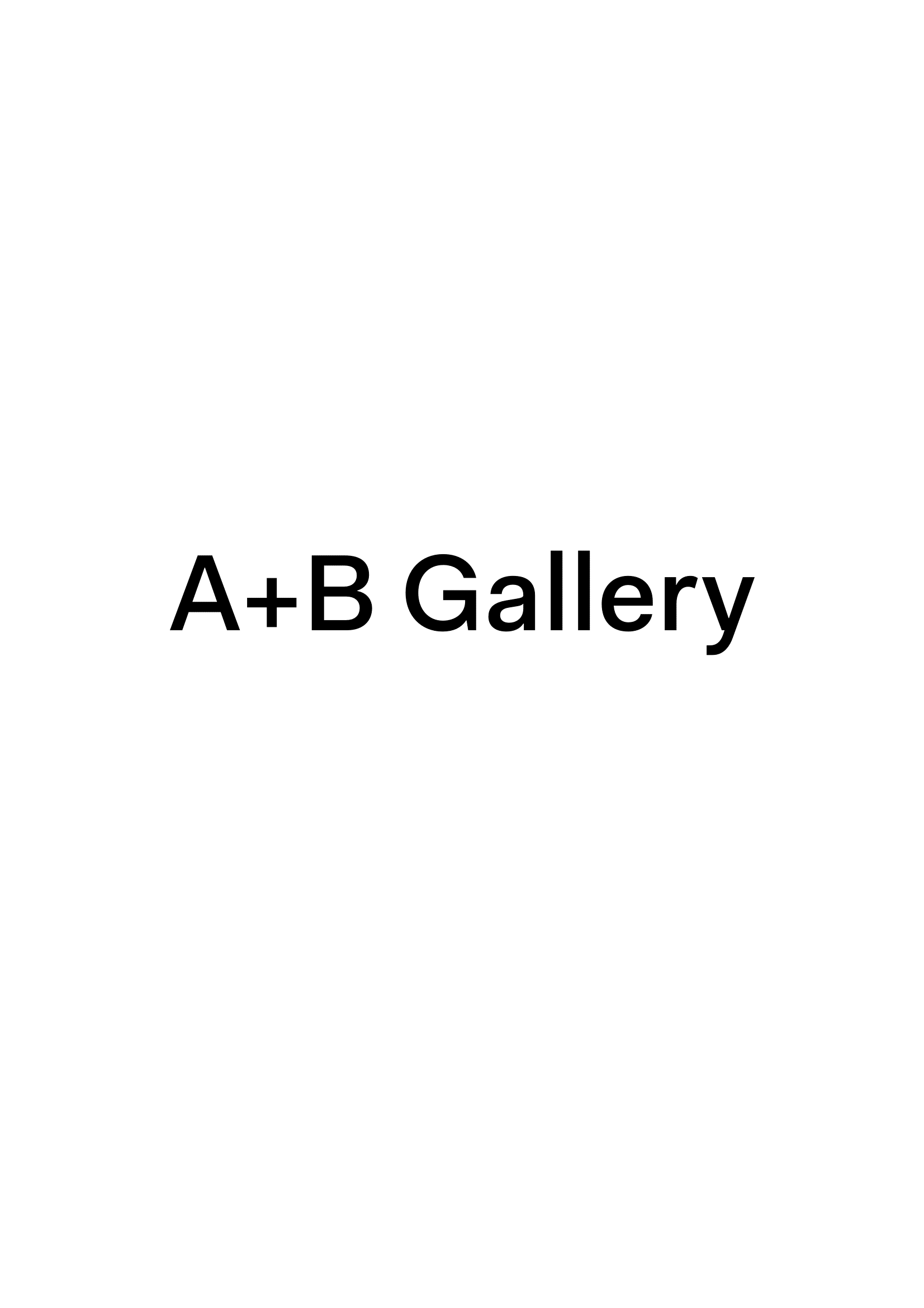

14.03.2014 > 23.04.2014
Silvia Hell, VRS (Focal-plane shutter with moving subject), 2014, inkjet print mounted on dibond, three parts 78×132 cm each, rope dyneema 1mm, register, stamp, ink, plastic mechanic’s trolley, brass, iron.
VRS (Focal-plane shutter with moving subject) is an investigation on the three dimensions of the acronym VRS: (from italian: Veglia, Ricordo, Sogno which stands for waking hours, memory and dream). The title indicates the relation between the subject and the physical plane, which activates the path of the sight. The moving subject is at the same time both the spectator who being in the physical condition determined by the shape of the work itself, a plane with the image pointed downwards, visible lying on a trolley; the perception of which is modified by how the spectator moves and the subject of the vision itself: the geometry which evolves while moving between the three states. Constructed in the 3-d virtual space, the geometry is defined by a space-temporal grid in which the three dimensions are placed on different planes and from them they extend themselves into landscapes.
Geometrical figures are identified with each dimension. The figures for the waking hours are the square or the cube, geometrical constructs that we use to represent and define the space we live when we are awake. The triangle or the pyramid represents the dream state, figures that are symbolically closer to a spiritual and mysterious dimension. The memory is identified with a circle or a sphere, as if it had only one dimension, without distinctions of time in a physical space.
The plane is divided in the three parts and those are anchored to the sidewall at different angles. The planes follow the order V R S and because of this the geometry’s representations change depending on whether they are in the “waking hours”, the “dream” or the “memory” plane. In the first plane (V) and the second (R) geometry is seen close up and from the top, while on the third plane (S), the view point is from the waking reality to the dream. Along the path, the subject-landscape-geometry is presented multiple times seen from far away: in the “waking hours” plane, it has a schematic configuration, the lines of the geometry and the positions of the landscape elements can be seen. In the “memory” plane, it resembles an orthogonal projection and an axonometry, to represent the function of memories of reorder the elements in a comprehensive view. In the “dream” plane, the geometry explodes blows up in eccentric evolutions, concentric and chaotic, to reflect the speed and the spatial abilities characteristics of this dimension.
The second part of the investigation process is working on the memory; here the spectator is called to leave a drawn or written trace on a registry of his/her own memory related to what he/she has seen, and to estimate the view time. And in relation to this latter element, the sign left will then be repeatetly printed on the same sheet. The image is diagonally moved at each print, to permit a spatial progression. The drawings are then exhibited, forming a plane open to sight where the subjective experiences can be confronted and, ultimately, a shared “collective “memory can be kept.